Is Argentina the next great wine-trend? Trapiche’s wines poses the question to a head.
Grupo Peñaflor is one of Argentina’s biggest wine producers. The group includes the very famous name Trapiche, with a long history on the international market. One of the advantages of being big, as Peñaflor, is that you can experiment with grapes and locations with great variety. This was well illustrated by a selection of wines that chief winemaker Daniel Pi showed to BKWine Magazine’s reporter Mikael Karlin, who wonders if perhaps Argentina is worthy of becoming the next big wine trend.
This is the second of two articles on Argentina. The first was an interview with Madeleine Stenwreth MW on Argentine wines.
Daniel Pi is the head winemaker at Grupo Peñaflor, one of Argentina’s biggest wine companies with about 6,100 ha of vineyards. That is, as a comparison, twice the surface area of the vineyards of all Rheingau (or a bit bigger than Chablis). These vineyards are spread out over a “somewhat” bigger area than the Rheingau and thus offer an impressive breadth.
The Trapiche wines (ed.: Trapiche is one of the best-known companies in Peñaflor Group) come from vineyards at different altitudes in Mendoza, El Esteco from Calchaqui Valley that goes across both the Salta and Catamarca province in northern Argentina. Costa y Pampa comes from the area around Mar del Plata i.e. the southernmost areas with wine growing in the country. There are about 2,000 km between the northernmost and southernmost vineyards, or twice as much as Germany from north to south.
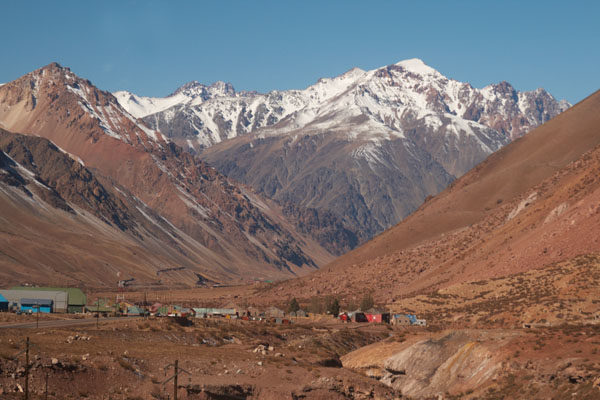
Wines without price indication below are either experimental wines and / or wines are not sold in Sweden (the tasting took place in Stockholm, Sweden).
Trapiche Perfiles Chardonnay 2015
A modern New World Chardonnay from a vineyard with different types of limestone soil. Aroma of yellow apples, floor wax, melon with mild barrel tone and a tight and elegant structure with good acidity. A fine wine in the French style.
Trapiche Gran Medalla Chardonnay 2015
A richer and more tropical fruit aroma, buttery and more powerful flavour without being heavy and with softer acidity than the predecessor. This is an attenuated New World style with elegance.
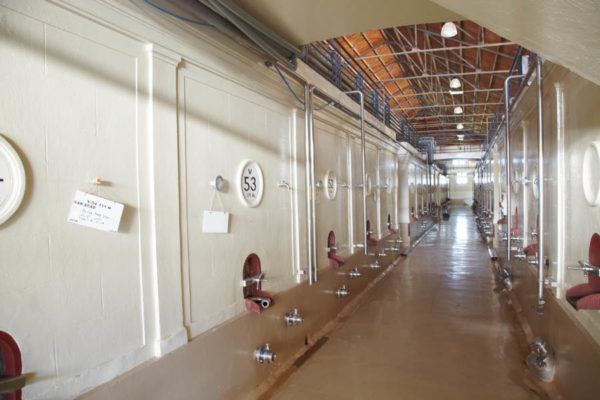
El Esteco Old Vine Torrontes 2015
Aromatic, floral and spicy aroma of elderflower and lemon, reminiscent of both Gewurztraminer and Muscat. Fresh acidity and good taste with a slight saltiness, a finer interpretation of Argentina’s national white grape from 70 year old vines. Both this and the next wine is fermented in concrete eggs.
El Esteco Old Vines Criolla 2015
Pale red colour with strawberry and wild strawberry on the nose, light rubber notes and a robust tanning and fine acidity. A very exciting wine from 100-year-old (!) vines, looks like a rosé, but has more power and breadth. The first wine that I have tasted from the Argentinean criolla grape, that came from Spain in the mid-1500s and is also called Mission (in the US) or País (in Chile, Spain). Up until now the wines of criolla have been volume wines intended for more or less immediate, local consumption. Evidently it is also possible to make fine wines from criolla. (Ed.: Criolla is actually Argentina’s most planted grape but is often “forgotten” in the statistics because of its history as a volume producer.)
Costa y Pampa Pinot Noir 2015
The third vintage from a vineyard with volcanic soil, 5 km from the sea, 400 km south of Buenos Aires. More elegant than the previous wine, with less astringency and delicate strawberry tones, pale red colour reminiscent of a rosé, very cool-climate character.
Gran Medalla Pinot Noir 2015
A classic cool pinot noir nose with red berries, barrels and some volatility with well-integrated acidity. The wine is fermented with natural yeasts and the malolactic convertion was made in large barrels (foudres). The vineyard is located at 1400 meters altitude and has pinot noir clones from Chandon, which have existed since 1960 in Argentina. A fine wine in Burgundian style.
Finca Notables Malbec 2013
Pure blueberry fruit in the aroma and fine barrel-tones and structure, still young tannins.
Trapiche Single Vineyard Malbec Finca Coletto 2012
~23 euro
More complex aromas of blueberries, dark stone fruit, barrels and toffee. An elegant structure with lots of acidity, described as “Italian style” by the winemaker. The wine comes from nearly 70 years old vines at 1300 m altitude, which means much cooler climate than the next wine.
Trapiche Single Vineyard Malbec Finca Orellana 2012
~23 euro
Inky colour, a bit more jammy fruit, more dark-red berries, lots of acidity and tannin, which was called “French style”, certainly with a reference more to Cahors than the Loire. The wine has grown at 1000 m altitude and that offers a direct result in the darker fruit.
Two interesting wines to try against each other, either now or in 2-5 years.
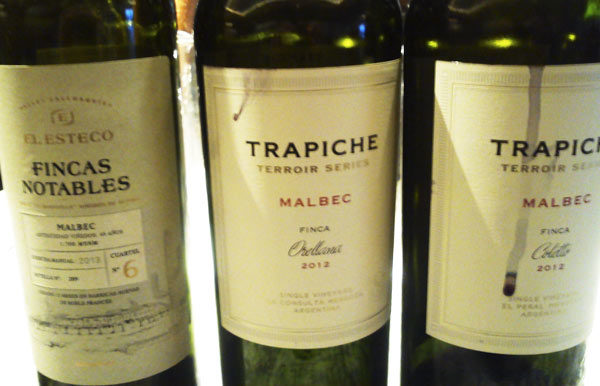
Finca Notables Cabernet Sauvignon 2013
Pure fruit aroma with red berries, no barrel notes, cool-climate wine, the same style as the Malbec, called “gaucho style” by Daniel Pi.
Trapiche Micro Terroir Gualtallary Cabernet Sauvignon 2010
Classic tones of black currant, toffee with elegant structure and good balance, made only 500 bottles. The vineyard is located at about 1300 m altitude, which is a challenge for the ripening of the cabernet sauvignon.
Trapiche Gran Medalla 2013
~19 euro
A medium-bodied wine with aromas of dark red berries, mint, toffee, fresh and still young. A Malbec-dominated Bordeaux blend which is again a successful new interpretation of the New World style.
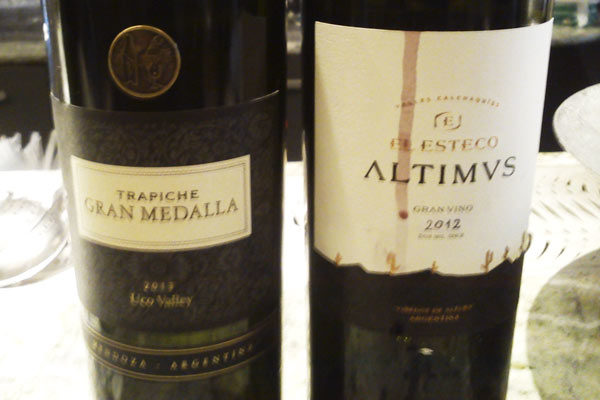
Altimus 2012
Complex, fine aromas of black currants, blueberries, subtle barrels, a touch of volatility. Long and nice aftertaste with everything one can reasonably ask of a malbec-dominated Bordeaux blend from specially selected grapes.
A wine tasting that illustrated both the modernization of traditions and innovative wines you thought did not exist in Argentina. Your correspondent is thoroughly impressed with both the breadth and depth among the wines and even dare to stick his neck out with a prophecy: Argentina will be the next big trend in the world of wine, remember where you read it first!
Mikael Karlin writes för BKWine Magazine on wine tastings and wine events in Sweden.
[box type=”info” style=”rounded” border=”full”]There are plenty of very exciting things to discover amongst Argentina’s winemakers. Come on a wine tour to Argentina and Chile with BKWine to get the chance to discover them at close hand.
Travel to the world’s wine regions with wine experts and the specialist in wine tours.
Wine tours like no other. BKWine wine tours.[/box]
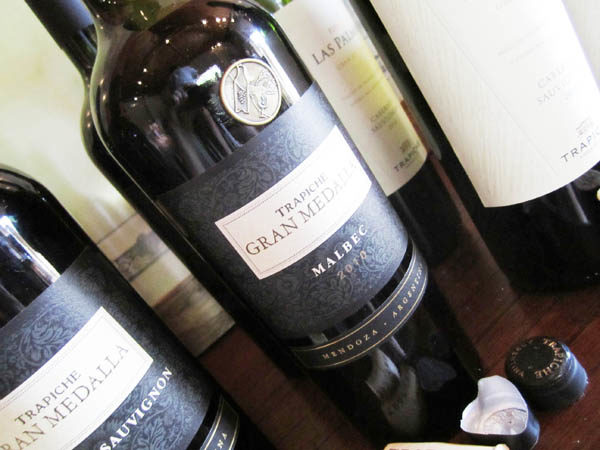





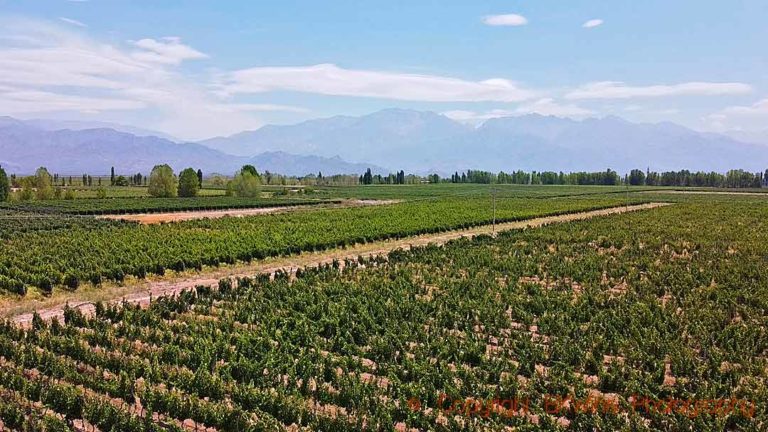





One Response